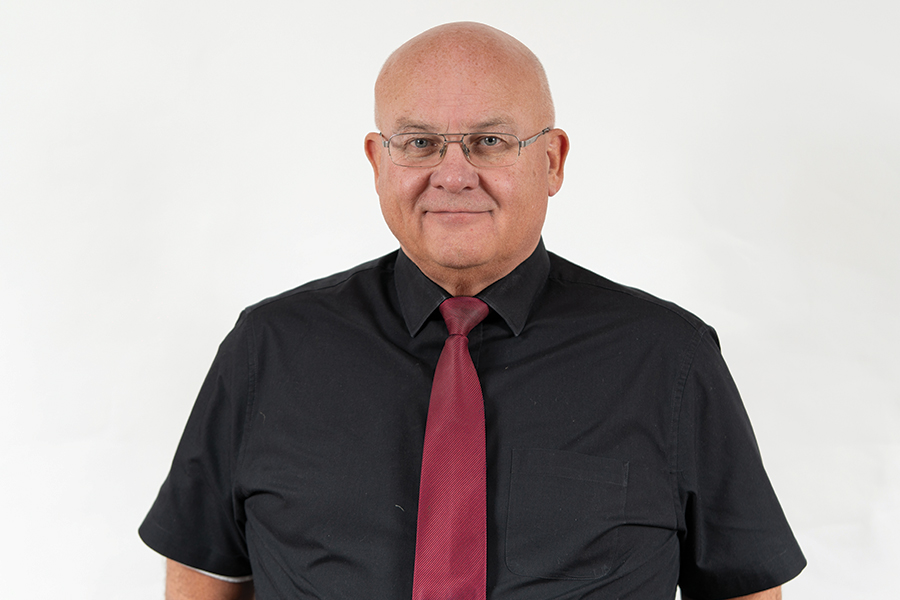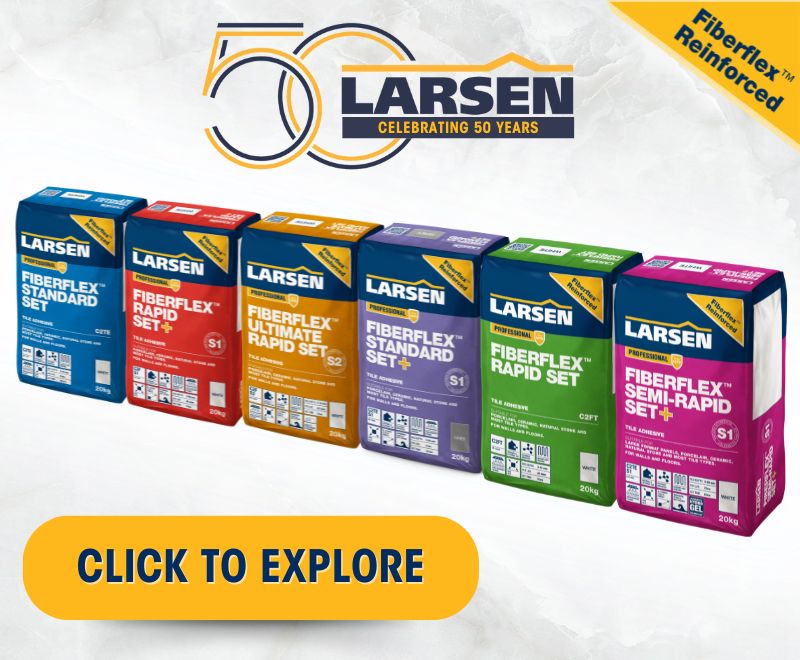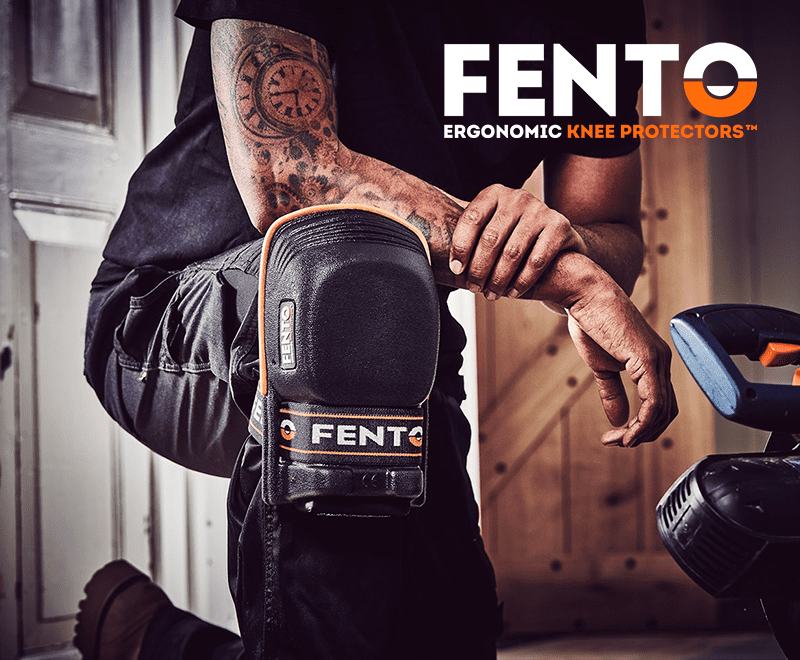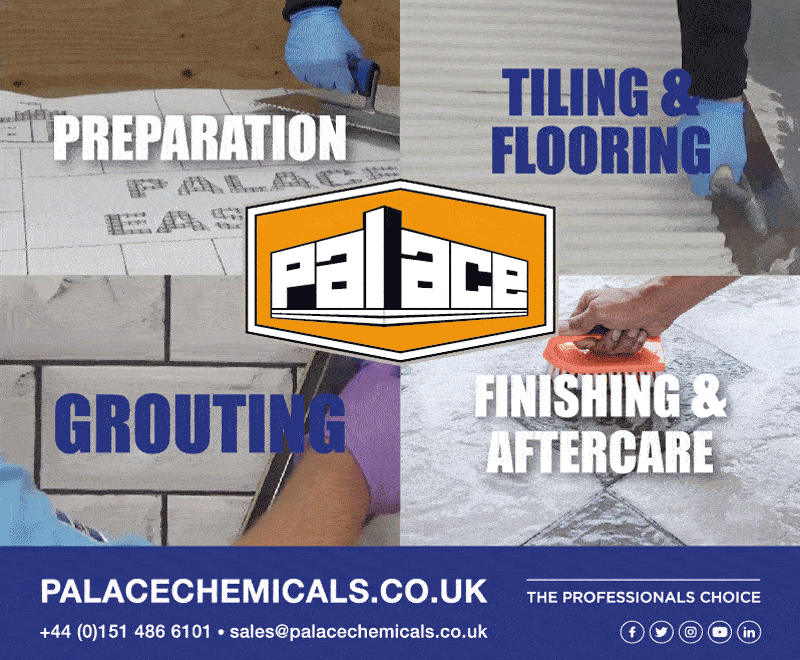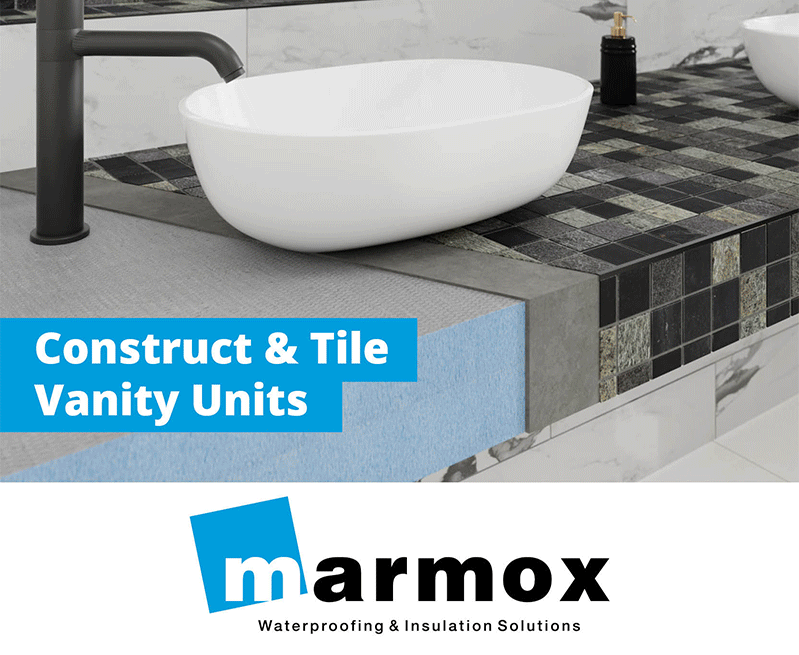This month Jim Percival, technical director at Palace Chemicals, considers how correct subfloor preparation is key to achieving a successful tiling job, and in particular how to get a good result when tiling over anhydrite screeds.
Newly-laid or screeded floor surfaces are almost certain to require levelling with the use of a self-levelling compound to ensure there is the lowest possible height variance in the floor and ideally to ensure that the floor achieves the SR1 (Surface Regularity) standard. This means that there should be a maximum gap at any point along the floor of 3mm along a 2 metre straight edge.
Concrete floors are normally laid to fairly low tolerances. So the application of a self-levelling compound over the substrate will act as an intermediate layer, guaranteeing a flat and smooth surface, which is suitable to receive a tiled finish or any other type of floor covering.
Surface preparation is key to successful use of a leveller, and the most common cause of failure is the presence of laitance or dust. BS 8204 (the code of practice for screeds, bases and in-situ floorings) sets out the requirements for subfloors to be free from contaminants that may prevent adhesion, such as dust, oils, grease, surface laitance, water soluble adhesive residues and weak smoothing underlayments.
It is sometimes necessary to use levellers on surfaces other than concrete, such as timber, anhydrite screeds or when tiling over previously tiled surfaces. The best advice is always to check the manufacturer’s recommendations as these varied types of substrate will require additional preparatory work with specific priming and sealing methods to ensure they are suitably prepared to receive a levelling overlay, which is able to form a strong, secure and durable bond to what may be an unconventional subfloor.
If tiling onto concrete, this must be at least six weeks old to enable any movement caused by drying shrinkage and moisture loss to have taken place. It should be primed with a dilute primer coat and allowed to dry to ensure an ideal surface for the levelling compound to bond with and to reduce the porosity of the substrate, which will help ensure optimum flow and levelling properties when leveller is applied.
On ground floors it is important to check that there is a damp-proof membrane (DPM) installed. Checking the moisture content of the floor can help diagnose whether the application of a new DPM on the surface is needed, especially where persistent high moisture values greater than 75%RH suggest the absence or inadequacy of any DPM beneath the existing concrete slab.
In larger areas the substrate is often covered with a “liquid pumped screed”. Often this will be an anhydrite or calcium sulphate screed. These have the advantage of being quicker to install, but can require a much longer period to dry out to an acceptable moisture level and, even when considered dry, they still cannot be directly over-laid with a cement based floor leveller (or adhesive) due to the inevitable incompatible reaction which occurs between the cement leveller and gypsum based pumped screed. Due to the presence of low levels of moisture the formation of the expansive salt ettringite can occur, fracturing any bond between these two materials. Consideration also needs to be given, in large area installations, to the provision of movement joints, which for surfaces receiving tiles should be pre-set in bays as recommended in BS 5385-Part 3:2024.
The increasing use of gypsum based “liquid pumped floor screeds” in large scale developments necessitates the application of specialist “multi-layer” preparatory surface treatments designed to create a lasting and effective barrier seal over the gypsum screed base before other layers of the floor build-up can be completed. Consultation with floor levelling manufacturers will be needed to determine the most effective solution.
The latest fast-track systems such as Palace’s own Pro Gyp-Base, are a game changer, since they make it possible to tile with a cement-based adhesive onto anhydrite screeds in medium to small mall areas (<25 M2) which have a relative humidity as high as 95%. This can normally be achieved in just seven days, at which point tiling can commence. This reduces the time required for the overall completion of the floor surface by up to ten weeks, which clearly has a very significant impact on timescales and costs on-site.
The adoption of one of these new systems will allow contractors to derive all the benefits of rapid and easy pouring of an anhydrite screed, without involving delays on the job caused by having to wait for an extended drying period.
Assuming these and other preparations are carried out as specified by manufacturers’ instructions, then a satisfactorily level surface for tiling or the application of any other floorcoverings can be created.
01513 369104
sales@palacechemicals.co.uk
www.palacechemicals.co.uk


